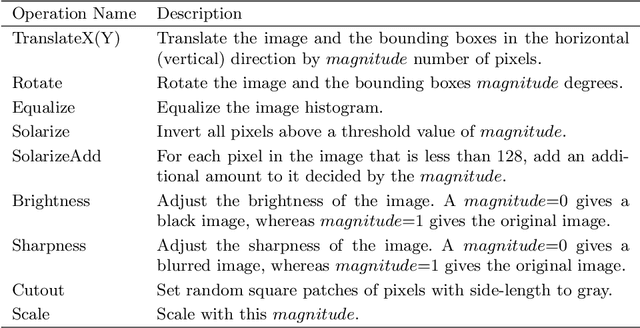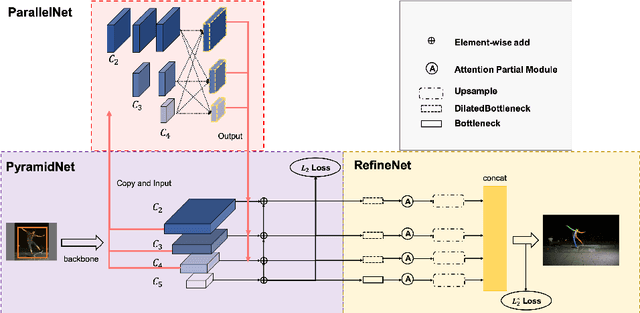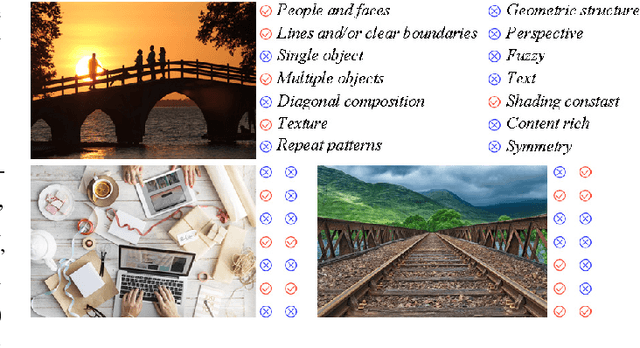Yiping Meng
From Biometrics to Environmental Control: AI-Enhanced Digital Twins for Personalized Health Interventions in Healing Landscapes
May 04, 2025Abstract:The dynamic nature of human health and comfort calls for adaptive systems that respond to individual physiological needs in real time. This paper presents an AI-enhanced digital twin framework that integrates biometric signals, specifically electrocardiogram (ECG) data, with environmental parameters such as temperature, humidity, and ventilation. Leveraging IoT-enabled sensors and biometric monitoring devices, the system continuously acquires, synchronises, and preprocesses multimodal data streams to construct a responsive virtual replica of the physical environment. To validate this framework, a detailed case study is conducted using the MIT-BIH noise stress test dataset. ECG signals are filtered and segmented using dynamic sliding windows, followed by extracting heart rate variability (HRV) features such as SDNN, BPM, QTc, and LF/HF ratio. Relative deviation metrics are computed against clean baselines to quantify stress responses. A random forest classifier is trained to predict stress levels across five categories, and Shapley Additive exPlanations (SHAP) is used to interpret model behaviour and identify key contributing features. These predictions are mapped to a structured set of environmental interventions using a Five Level Stress Intervention Mapping, which activates multi-scale responses across personal, room, building, and landscape levels. This integration of physiological insight, explainable AI, and adaptive control establishes a new paradigm for health-responsive built environments. It lays the foundation for the future development of intelligent, personalised healing spaces.
Free-form Grid Structure Form Finding based on Machine Learning and Multi-objective Optimisation
Jul 13, 2024



Abstract:Free-form structural forms are widely used to design spatial structures for their irregular spatial morphology. Current free-form form-finding methods cannot adequately meet the material properties, structural requirements or construction conditions, which brings the deviation between the initial 3D geometric design model and the constructed free-form structure. Thus, the main focus of this paper is to improve the rationality of free-form morphology considering multiple objectives in line with the characteristics and constraints of material. In this paper, glued laminated timber is selected as a case. Firstly, machine learning is adopted based on the predictive capability. By selecting a free-form timber grid structure and following the principles of NURBS, the free-form structure is simplified into free-form curves. The transformer is selected to train and predict the curvatures of the curves considering the material characteristics. After predicting the curvatures, the curves are transformed into vectors consisting of control points, weights, and knot vectors. To ensure the constructability and robustness of the structure, minimising the mass of the structure, stress and strain energy are the optimisation objectives. Two parameters (weight and the z-coordinate of the control points) of the free-from morphology are extracted as the variables of the free-form morphology to conduct the optimisation. The evaluation algorithm was selected as the optimal tool due to its capability to optimise multiple parameters. While optimising the two variables, the mechanical performance evaluation indexes such as the maximum displacement in the z-direction are demonstrated in the 60th step. The optimisation results for structure mass, stress and strain energy after 60 steps show the tendency of oscillation convergence, which indicates the efficiency of the proposal multi-objective optimisation.
Augmented Parallel-Pyramid Net for Attention Guided Pose-Estimation
Mar 17, 2020



Abstract:The target of human pose estimation is to determine body part or joint locations of each person from an image. This is a challenging problems with wide applications. To address this issue, this paper proposes an augmented parallel-pyramid net with attention partial module and differentiable auto-data augmentation. Technically, a parallel pyramid structure is proposed to compensate the loss of information. We take the design of parallel structure for reverse compensation. Meanwhile, the overall computational complexity does not increase. We further define an Attention Partial Module (APM) operator to extract weighted features from different scale feature maps generated by the parallel pyramid structure. Compared with refining through upsampling operator, APM can better capture the relationship between channels. At last, we proposed a differentiable auto data augmentation method to further improve estimation accuracy. We define a new pose search space where the sequences of data augmentations are formulated as a trainable and operational CNN component. Experiments corroborate the effectiveness of our proposed method. Notably, our method achieves the top-1 accuracy on the challenging COCO keypoint benchmark and the state-of-the-art results on the MPII datasets.
Environment Reconstruction with Hidden Confounders for Reinforcement Learning based Recommendation
Jul 12, 2019



Abstract:Reinforcement learning aims at searching the best policy model for decision making, and has been shown powerful for sequential recommendations. The training of the policy by reinforcement learning, however, is placed in an environment. In many real-world applications, however, the policy training in the real environment can cause an unbearable cost, due to the exploration in the environment. Environment reconstruction from the past data is thus an appealing way to release the power of reinforcement learning in these applications. The reconstruction of the environment is, basically, to extract the casual effect model from the data. However, real-world applications are often too complex to offer fully observable environment information. Therefore, quite possibly there are unobserved confounding variables lying behind the data. The hidden confounder can obstruct an effective reconstruction of the environment. In this paper, by treating the hidden confounder as a hidden policy, we propose a deconfounded multi-agent environment reconstruction (DEMER) approach in order to learn the environment together with the hidden confounder. DEMER adopts a multi-agent generative adversarial imitation learning framework. It proposes to introduce the confounder embedded policy, and use the compatible discriminator for training the policies. We then apply DEMER in an application of driver program recommendation. We firstly use an artificial driver program recommendation environment, abstracted from the real application, to verify and analyze the effectiveness of DEMER. We then test DEMER in the real application of Didi Chuxing. Experiment results show that DEMER can effectively reconstruct the hidden confounder, and thus can build the environment better. DEMER also derives a recommendation policy with a significantly improved performance in the test phase of the real application.
Image Retargetability
Feb 12, 2018



Abstract:Real-world applications could benefit from the ability to automatically retarget an image to different aspect ratios and resolutions, while preserving its visually and semantically important content. However, not all images can be equally well processed that way. In this work, we introduce the notion of image retargetability to describe how well a particular image can be handled by content-aware image retargeting. We propose to learn a deep convolutional neural network to rank photo retargetability in which the relative ranking of photo retargetability is directly modeled in the loss function. Our model incorporates joint learning of meaningful photographic attributes and image content information which can help regularize the complicated retargetability rating problem. To train and analyze this model, we have collected a database which contains retargetability scores and meaningful image attributes assigned by six expert raters. Experiments demonstrate that our unified model can generate retargetability rankings that are highly consistent with human labels. To further validate our model, we show applications of image retargetability in retargeting method selection, retargeting method assessment and photo collage generation.
 Add to Chrome
Add to Chrome Add to Firefox
Add to Firefox Add to Edge
Add to Edge